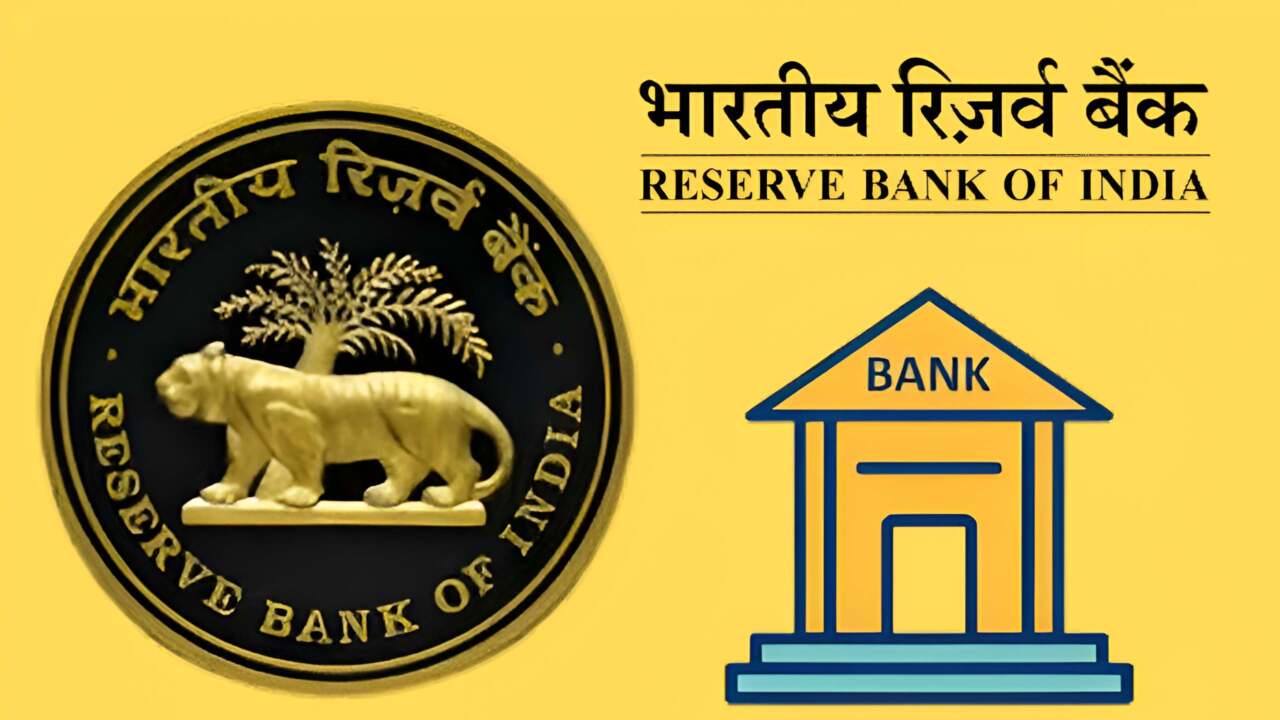Since the RBI incorporates incoming data printouts into its response function, its wait-and-watch strategy is generally wise.
RBI Unveils Banking Reforms
Ultimately, this strategy proved to be more intriguing than any market participant had expected. As widely anticipated, there was no rate cut, and the position remained unaltered. The dull part, however, comes to an end here as the RBI unveiled a number of regulatory perspectives measures aimed at bolstering the banking industry’s competitiveness and resilience, as well as steps to enhance credit flow and ease of doing business and advance the INR’s internationalization.
There were four particular initiatives that may have a broad influence in the medium to long term on the banking sector’s competitiveness and resilience. Banks must identify possible credit stress and arrange for capital proactivity to manage the issue account in accordance with the Expected Credit Loss (ECL) framework. By deferring the implementation date to April 1, 2027, banks will have four years to fully comply, allowing them to mitigate any one-time provisioning impacts at the commencement date.
RBI Boosts Credit Flow
Crucially, there have also been suggestions for reduced risk weights on certain categories, especially for MSMEs and residential real estate, which includes house loans. Through regulatory reforms, the RBI successfully aims to stimulate credit flows to vital growth-oriented sectors of the economy. Similarly, the goal is to establish a structure that would allow banks to fund acquisitions by Indian corporations. Moreover, banks are now under pressure to lend more than Rs 10,000 crore to big corporations.
This is being reexamined as a general policy constraint, and it is anticipated that concentration concerns will now be examined at the level of the banking system and, if required, handled using particular macroprudential instruments. It is suggested that risk weights used by NBFCs be lowered for operational and high-quality infrastructure projects in order to increase investments in infrastructure. To help exporters weather the tough times of a strict tariff system, several concessions regarding the time period for repatriation of foreign money have also been given to them.
RBI Revises Inflation Forecast
The RBI has lowered its inflation projections for FY26 from 3.1 percent to 2.6 percent in light of the lower-than-expected inflation readings of the previous several months, particularly as a result of restricted vegetable prices, and taking into account some benefit from the GST rate reduction. This has led to a revision of lower inflation predictions for the quarters of FY26. The estimated rate of inflation for FY27 is 4.5%.
The reading remains encouraging in terms of growth. Growth resilience is anticipated via internal factors such a favorable monsoon, decreased inflation (particularly in food), monetary assistance, and GST reduction, although weak foreign demand is observed due to tariff problems.
Although FY26 growth has been revised up to 6.8% overall, H2 is probably lower than H1 because of events relating to tariffs that may be somewhat offset by the advantages of the GST reduction for consumption. The estimated GDP for FY27 is 6.6%.
RBI Maintains High Threshold
According to our interpretation of the policy, the bar for further rate reduction remains high even if there is dovish forward guidance. The RBI had a difficult time making this policy decision since it is an inflation-targeting central bank and the current inflation reading is below the FIT regime’s bottom limit. There is still a great deal of uncertainty about inflation and growth. While the seasonal demand and the GST rate reductions may provide some assistance for GDP, the Indian economy has not yet seen any significant adverse bias resulting from US tariff impositions.
The RBI revised its predictions upward to 6.8 percent for FY26 after the Q1FY26 GDP surprised on the higher side. According to the Monetary Policy Report for FY27, GDP growth is either near or over 6.5 percent for each of the four quarters of FY27 (6.4 percent, 6.6 percent, 6.8 percent, and 6.5 percent). When considering the global economic circumstances, these growth figures are not too awful on their own. Crucially, even while the growth figures fall short of the desired levels, there is still disagreement about whether structural changes or more cyclical policy easing will be sufficient to achieve the desired levels.
Real Rates Remain Elevated
With a 5.5 percent repo rate and an anticipated 1.8 percent Q3FY26 inflation rate, the real interest difference is significant at 370 basis points. However, the inflation projection for Q4FY26 is 4.0 percent, which would reduce the margin to only 150 basis points. With inflation predicted to be 4.5 percent in Q1FY27, the difference narrows even further to 100 basis points. If inflation were to surprise higher, a forward-thinking central bank would likely be balancing this against the dangers of excessive easing and then taking a quick turn.
Since the RBI incorporates incoming data printouts into its response function, its wait-and-watch strategy is generally wise. The threshold for further rate lowering is still high, even if the forward guidance is still dovish.

